When it comes to maintaining the integrity and longevity of your trailer’s air system, one pivotal question often arises: How often should you drain your vehicle’s trailer air tank? Understanding this essential maintenance task can significantly affect your trailer’s performance and safety. In this comprehensive article, we will delve into the intricacies of trailer air tank maintenance, offering practical insights and expert recommendations to ensure you keep your equipment in prime condition.
1. Understanding the Trailer Air System
1.1 What is an Air Tank?
The air tank in a trailer serves as a vital component in pneumatic systems. It functions as a reservoir for compressed air, playing a crucial role in operating various systems such as brakes, suspension, and other pneumatic devices.
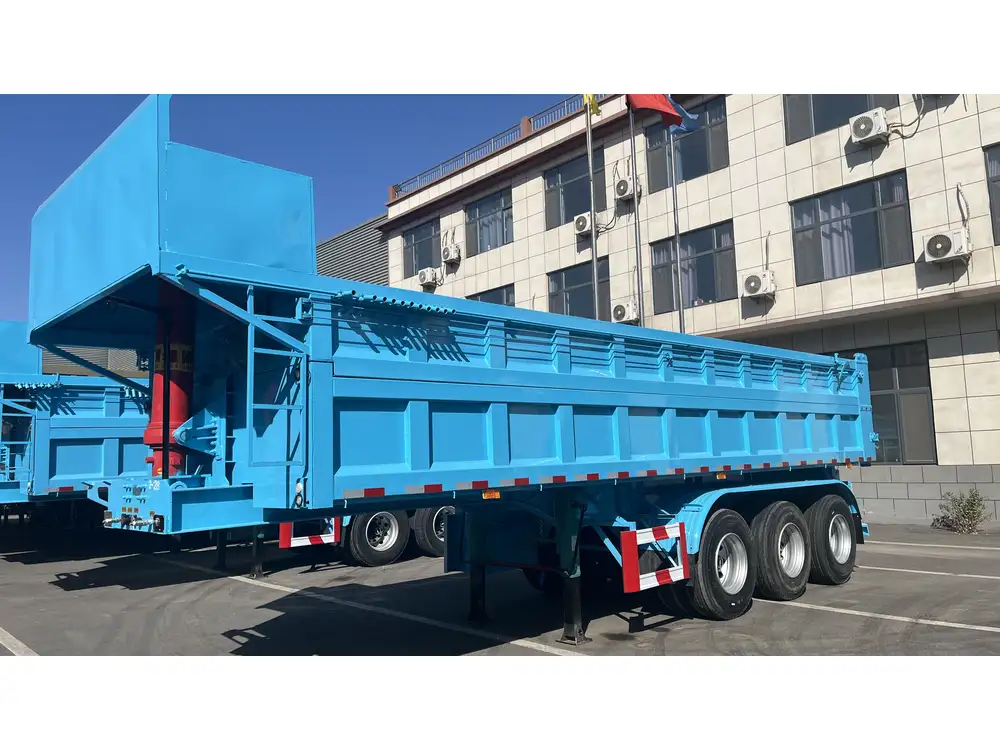
1.2 The Importance of Air Drying
Moisture is an enemy to the air system. Over time, water vapor can accumulate in the air tank, leading to:
- Corrosion: Rust forms due to moisture, leading to tank degradation.
- Brake performance issues: Water contamination can impede the effectiveness of the braking system.
- Reduced component lifespan: Moisture can affect valves and other pneumatic components that rely on clean air.
1.3 Why Regular Draining Matters
Regular draining of the air tank helps eliminate moisture and contaminants. The accumulation of water can not only damage the air tanks and components but can also cause potential safety hazards while driving.
1.4 Air Tank Configuration
Trailer air tanks vary based on design and function, which can affect draining frequencies. Understanding your specific model is crucial for effective maintenance.
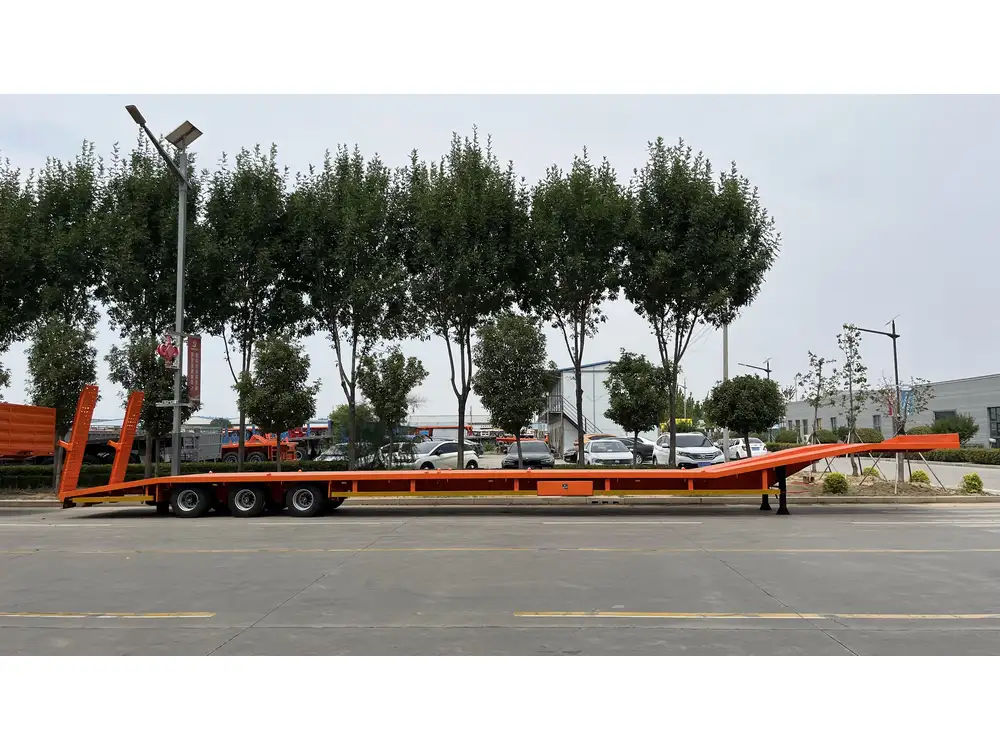
2. Recommended Draining Frequency
2.1 General Guidelines
Most professionals recommend draining the trailer air tank daily or after each trip. However, several factors can influence this schedule:
| Factor | Impact on Draining Frequency |
|---|---|
| Humidity Levels | High humidity necessitates more frequent draining. |
| Usage Patterns | Frequent use can accumulate moisture quickly. |
| Tank Size | Larger tanks may require less frequent maintenance. |
| Operating Conditions | Off-road conditions may lead to increased moisture accumulation. |
2.2 Monitoring Conditions
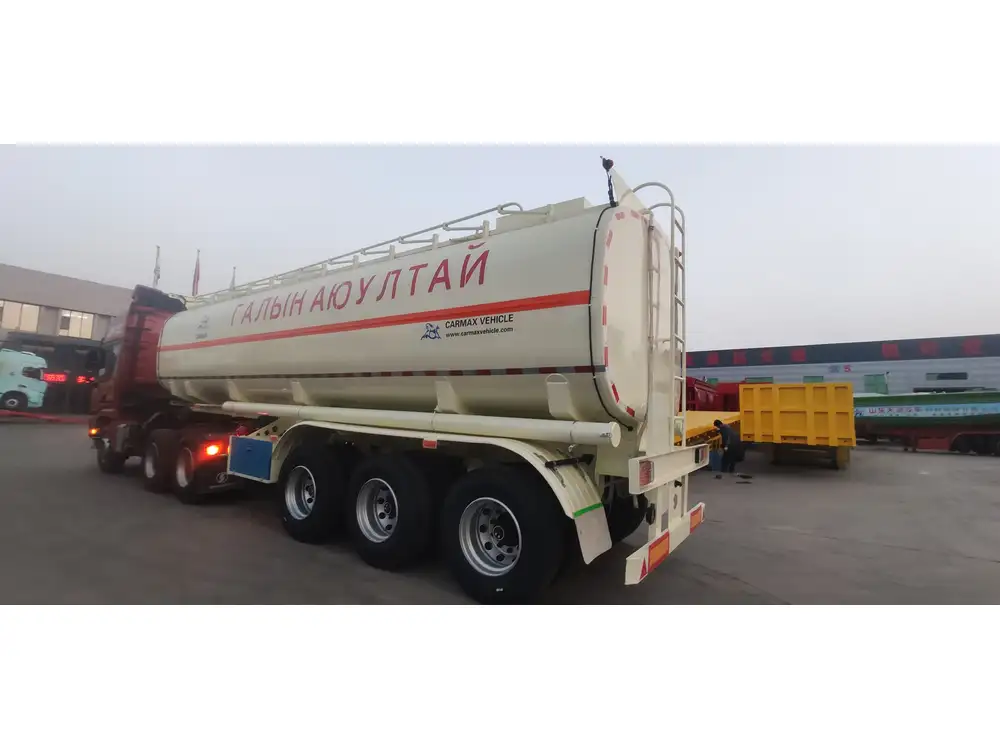
Daily Checks
For standard operations, perform a quick visual inspection of the air tank and drain valve. Check the moisture level in the system. If you notice significant water presence during your checks, increase your draining frequency to every trip.
Seasonal Considerations
In warmer months, moisture levels may naturally be higher due to changes in ambient temperature. Cold weather can cause condensation issues, making it imperative to monitor and drain more frequently during winter months.
3. The Draining Process

3.1 Steps to Properly Drain the Air Tank
Draining should be performed methodically to ensure no moisture remains in the system:
Prepare the Vehicle: Ensure the trailer is parked on a level surface and the air system is safely depressurized.
Locate the Drain Valve: The drain valve is typically found at the bottom of the air tank. Refer to your owner’s manual for the exact location.
Open the Drain Valve: Rotate the valve counter-clockwise. Be prepared as the air pressure will release and water will expel.
Allow Complete Drainage: Wait until you see only a consistent stream of clean air.
Close the Drain Valve: Rotate clockwise until it is securely shut.
Inspect for Issues: Look for signs of corrosion or leaks at the valve and surrounding areas.
Visual Aids: Diagram of an Air Tank and Valves
(Note: Replace with a relevant diagram image)
4. Signs Your Tank Needs Attention
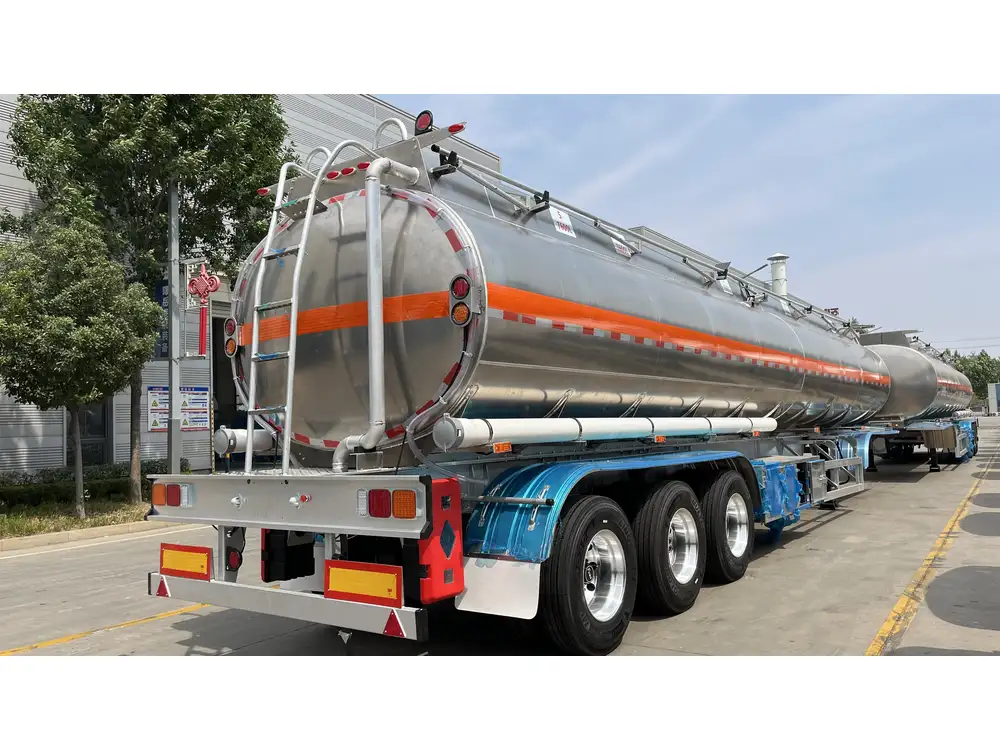
4.1 Regular Performance Checks
Monitoring performance is essential. If you notice:
- Poor braking responsiveness: It could be due to water accumulation.
- Excessive air loss: Might indicate a leak in the tank.
- Rust or corrosion: Visible damage suggests that you need to inspect and possibly replace your air tanks.
4.2 Sensor Alerts
Modern trailers equipped with air pressure monitoring systems may provide alerts when moisture levels exceed acceptable thresholds. Understanding these alerts is crucial in maintaining safety and performance.
5. Common Mistakes to Avoid

5.1 Neglecting Regular Maintenance
It’s easy to overlook draining, but neglect can lead to significant problems down the line.
5.2 Incorrect Draining Procedure
Rushing through the draining process can result in incomplete drainage. Always follow the correct steps to ensure thorough moisture removal.
5.3 Ignoring Seasonal Changes
Not adjusting your draining schedule according to seasonal humidity variations is a common oversight; remain vigilant to maintain optimal function.
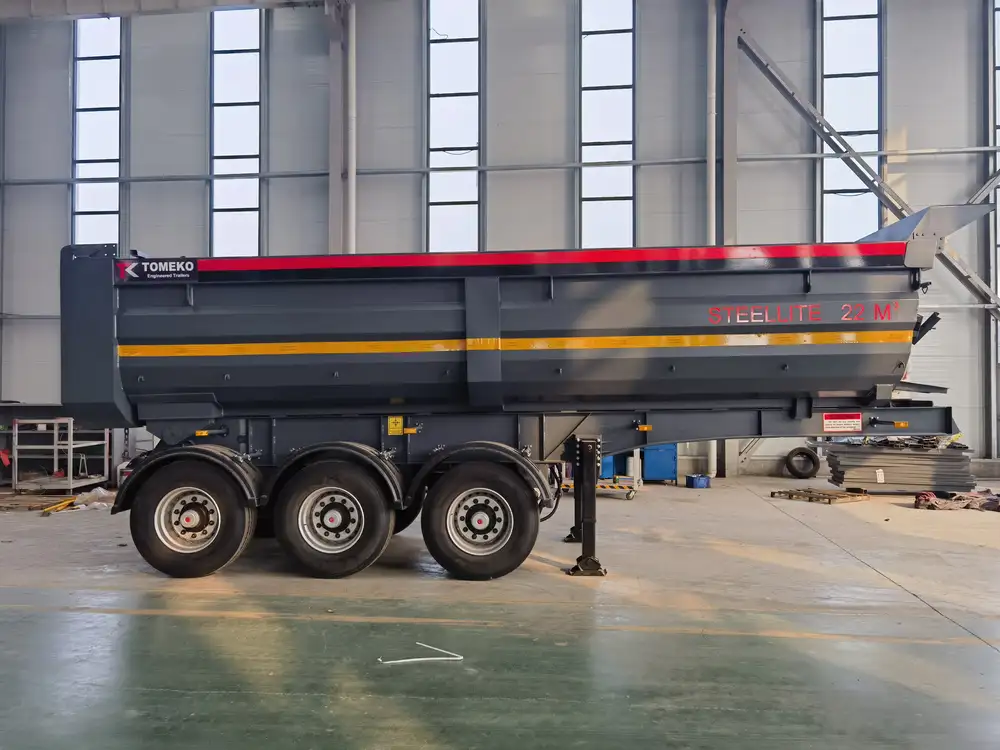
6. Tools for Effective Maintenance
6.1 Required Tools
Equipping yourself with the right tools facilitates the draining process:
- Wrench: For opening and closing the drain valve.
- Container: To collect expelled moisture and debris.
- Protective Gear: Gloves and goggles to protect against airborne contaminants.
| Tool | Purpose |
|---|---|
| Wrench | Adjust the drain valve securely. |
| Container | Catch water and contaminants during drainage. |
| Protective Gear | Ensure safety during the process. |
6.2 Recommended Maintenance Products
Consider using products specifically designed to maintain the air system, such as:
- Air Line Antifreeze: Helps prevent moisture accumulation.
- Corrosion Inhibitors: Protect against rust formation in tank and connections.

7. Expert Tips for Optimal Air Tank Maintenance
7.1 Keep a Maintenance Log
Tracking the frequency and processes for draining can help identify patterns and irregularities in moisture accumulation.
7.2 Cross-Train Drivers
Educate all drivers and maintenance personnel on the importance of air tank maintenance to create a culture of safety and vigilance.

Conclusion
In conclusion, maintaining your vehicle’s trailer air tank through regular drainage is not just a recommended practice but a necessity for ensuring the safety and efficiency of your operations. By following the outlined guidelines, adapting to environmental factors, and utilizing proper monitoring tools, you can significantly enhance the lifespan and reliability of your air systems. The peace of mind that comes with effective maintenance allows you to focus on what you do best—keeping your freight moving and your operation thriving.
By mastering the logistics of air tank maintenance and understanding the frequency with which you should drain your tank, you set the stage for a more efficient and safer trailer operation.



